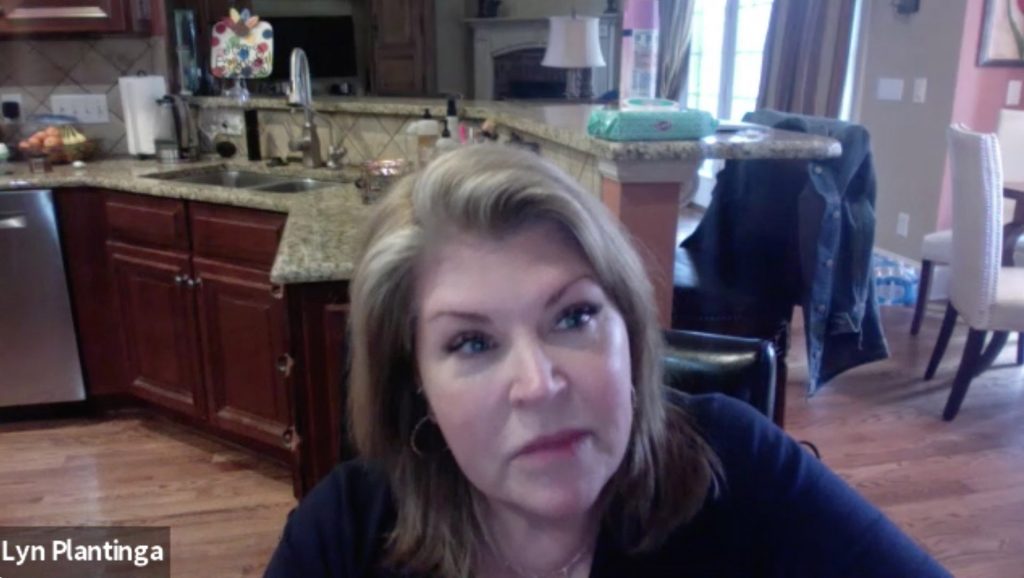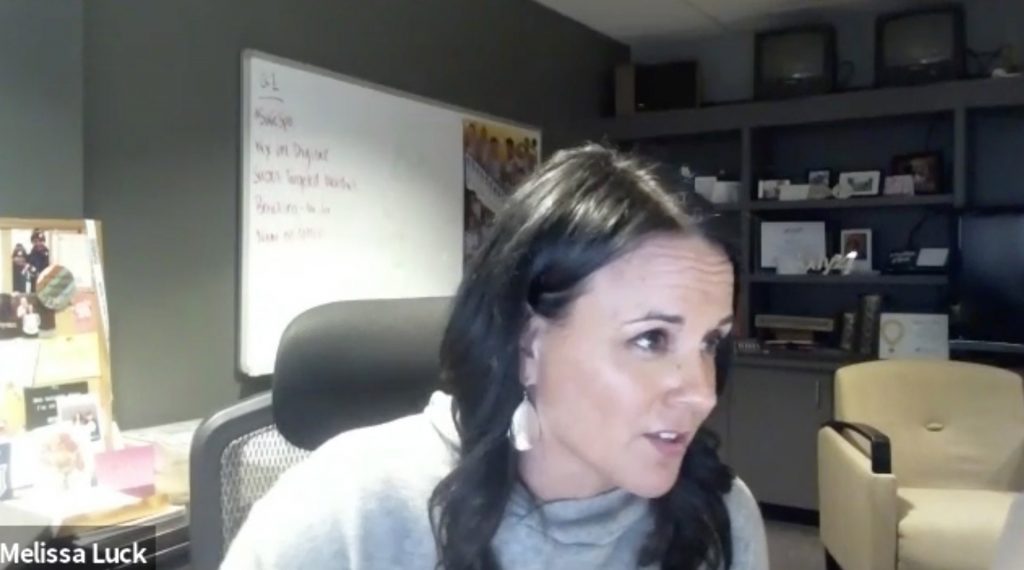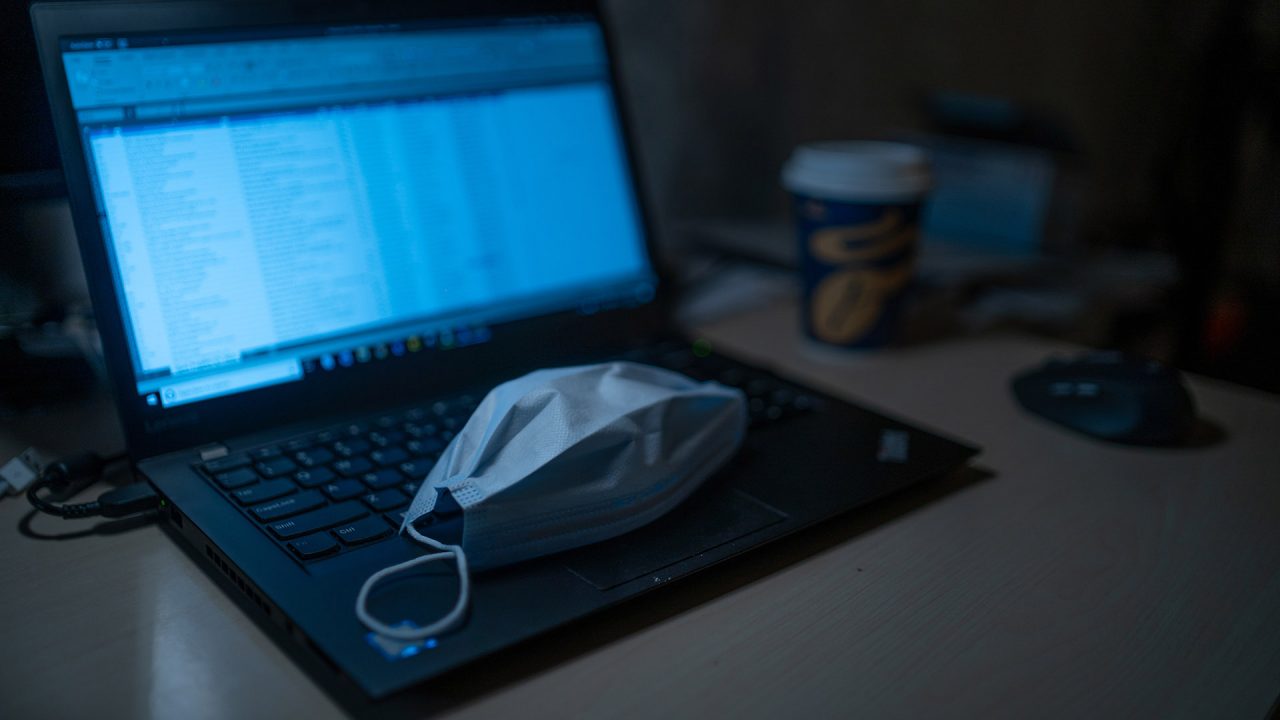“We are a reliable, trusted source of information in the scariest time that most of our communities will ever see.” That’s Lyn Plantinga, VP and GM of Scripps’s WTVF in Nashville. Plantinga was one of more than 40 news leaders who took part in an unusual Zoom meeting this week organized by The Carole Kneeland Project for Responsible Journalism, a nonprofit organization that provides continuing education for TV and digital news managers. Amidst the extraordinary pressures on their newsrooms, the executives took an hour to compare problems, share solutions, and find solidarity in a common cause: serving their communities in a pandemic.

As a Kneeland guest faculty member in the so-called “spring” session earlier this month — it feels like a year ago — I was invited to listen in and got permission to report on the conversation. I want to share some highlights that reflect what’s happening at stations all over America as they adapt with creativity and courage to unprecedented challenges in what is arguably local television news’s finest hour.
Tech Improv
“Necessity is the mother of invention,” said Matt Kummer, news director at Gray’s WBAY in Green Bay, and there were lots of examples. Plantinga is using a Mac in the control room as a sub-switcher for Facebook Live, Skype and other live streams to simplify matters for the director.
Even something as straightforward as maintaining proper separation in the field can be a challenge. “We’re just trying to keep that kind of social distance, partly for the actual safety for our crews, but also so we don’t give the wrong impression to people that we’re telling all of them to keep social distance and yet we walk right up to people and do interviews, “ said Bob Goldberger, assistant news director at NBC Bay Area (KNTV).
Newsrooms are improvising long microphone booms, in some cases duct-taping mics to light stands or whatever they can find. “I’ve got folks going to the hardware store looking for dowel rods that we could get some zip ties and put a mic on, because we can’t find boom sticks available,” said Ryan Robertson, news director at KGWN in Cheyenne WY. “We got some old mic stands from way back when that we converted into boom sticks. But those can get heavy for some of these folks.” (A recent ASU Cronkite grad solved this problem using a hockey stick.)
Going Remote
Unlike some of his bigger-market colleagues, Ryan Robertson doesn’t have enough laptops to keep everyone working remotely. Instead, “I’m trying to stack schedules as much as I can: have folks write the scripts at home, come in, edit the video and then go back and post all their stuff from home as much as we can.”
“We’ve got a little bit more technology than Ryan was mentioning, but not quite enough,” said Melissa Luck, news director at Morgan Murphy Media’s KXLY in Spokane WA. Luck’s digital team and multimedia journalists [MMJs] are able to edit from laptops, but she’s still figuring out how to keep the show producers out of the building too.
It turns out having your head in the cloud can pay off for stations big and small. Stacey Nogy, news director at TEGNA’s KARE in Minneapolis, “went out a couple weeks before this all went crazy and bought like 25 of the most basic laptops that would support ENPS, and we’re doing screen mirroring, and we have been producing most of the shows from home in order to get the newsroom under about 10 people per shift.” “All of our photographers have laptops, all of our editors have laptops, our MMJs, weather, sports,“ said assistant news director Veronika Placencia of Scripps station KERO in Bakersfield CA, market # 125. “Everybody’s doing everything remotely.”
Anchors Away
Even the anchors are starting to work from home — a sure cure for the occasional outbreak of ‘PrimaDonnaVirus.’ “We’re pretty close in Baltimore to being fully out of the building,” said Placencia’s Scripps colleague Jeff Herman, managing editor at WMAR. “We’re still working on anchors, green screens and computer technology or camera technology at their homes.”
Lyn Plantinga decided to use large monitors — “55-inch super cheap Roku TV’s that are $250” — in anchors’ homes after aggressively testing green screens and deciding they pose unnecessary complications on remotes. “It just looks more authentic,” agreed Chip Mahaney, a Scripps (and Kneeland) veteran who now recruits and develops early-career talent for the company. “I mean, who really has a green screen in their living room or in their basement?”
Actually, Mahaney does. He fashioned a home-made green screen with fabric he found in his basement, left over from his son’s YouTube channel, to enhance his Zoom meetings.

Anchors who aren’t working remotely are adapting to new realities. “We’ve gone to solo anchors on one station, we’re distancing on the other station,” said Kevin Jacobsen, news director at Quincy Media’s KBJR/KDLH duopoly in Duluth MN. Kelly Frank, director of content at TEGNA’s WTSP in Tampa, has house-bound anchors taking multi-hour shifts on social media when they’re not on TV. “We’re scheduling them to engage with the community, not only on our main page but on their pages as well,” she said. “It’s really gotten our forward-facing people out there in the social space in a way that they just haven’t been — and when people really need a connection.”
Frank’s cross-Tampa rival Sarah Moore of Scripps station WFTS has anchors researching explainers in response to viewer questions — how to file for unemployment benefits, say — and making their own iMovies from home. “The anchors are learning some things about editing that they maybe had gotten out of in the past,” she said, “and then they’re submitting these short little clips for us to add to our newscasts and for us to air digitally as well.”
Cross-town collaboration
The crisis is creating new opportunities for collaboration, even among direct competitors. KARE and the other Minneapolis stations jump on an 8:45 a.m. conference call every morning to divvy up the “commodity” stories and share the coverage, said Stacey Nogy. “We did it without any legal agreements. You know, we’re just, we’re just holding each other up right now.”
That frees up resources for non-commodity stories — and everyone agreed there’s no shortage of those. “We’ve added an hour and a half of news throughout the day. And we still have too many stories to fit into shows, said NBC’s Bob Goldberger. “If we could double our reporter crews, then we would have a story for every one of them.” “We’ve had real good success with trying to focus on how business owners, particularly small businesses, are trying to adapt and protect their livelihood,” said Green Bay’s Matt Kummer. “People are really interested to see that this affects so many lives and livelihoods.”
Crowd-sourced coverage
Several news directors are enlisting viewers to contribute story ideas and crucial information. Ed Reams, news director at Quincy Media’s WKOW in Madison WI, finds good stories on neighborhood social apps like NextDoor. His station also established a Facebook group where local businesses can post information, and it “exploded” (in the good sense). “Sometimes people just want to know, is this place open? Or can I go to this grocery store? Sometimes we don’t even have to put the answer out there. We just post the question and the community response. You don’t have to do a lot of the heavy lifting. The community can help you by answering what they know, to the community as a whole.”


Spokane’s KXLY put out a call for stories of people helping one another, “and we are flooded,” said Melissa Luck. “We’re not going out to all of them. We’re doing a ton of them via Skype and with pictures, because when people do good, they take video and pictures of it themselves and send it in.”
Words of Advice and Inspiration
Kneeland faculty member Michael Fabac, head of news at the News-Press & Gazette Company, reminded executives to start filing public information requests to help hold public officials accountable for their handling of the crisis, especially in its early stages. “I think that’s the investigative opportunity,” he said. “To find out what problems were there and what sort of communication was there between the public officials at the onset of everything, as they were trying to work through things just like we all were at our stations as well.”
Several of the news leaders said that paying close attention to staff members, especially the less experienced ones, is critical. “Every once in a while you have to talk them off the ledge,” said Bakersfield’s Veronika Placencia. “We’re trying to be a family remotely.” Melissa Luck sends an individual text message to every reporter and photographer every night.
Faculty member Kevin Benz, a local TV and digital news veteran who now runs his own newsroom coaching company, reminded the news leaders to take time to take care of themselves too, not just for their own sake but for the whole staff. “Right now they’re just living, eating and breathing the work, which is an absolute recipe for burnout,” Benz said. “We have to try to help our folks have some semblance of a life, as we talk about our needing to have a life too. We need to model that.” Madison’s Ed Reams agreed: “I think as we try to inspire our staff, we have to also take care of each one of us. You know, we have to practice what we preach.”
(Check out the RTDNA’s useful Newsroom Mental Health Resource Guide for help.)
“I just think it’s important right now for us to remind our teams how much people are depending on us,” said Lyn Plantinga at the end of the hour. “We’ve talked a lot in our organization about this concept of courage, that we have to have courage, and I think it’s an FDR definition of courage, which is courage is not the lack of fear. It’s making a decision that something is more important than your fear. And I think it’s really important for all of us as leaders to talk about our mission right now. When we think about being burned out, that’s what turns on my extra jet fuel. I’m reminded that this is what I got in this business for, and this is my calling. And that people need us right now.”
And then, everyone went back to work.
